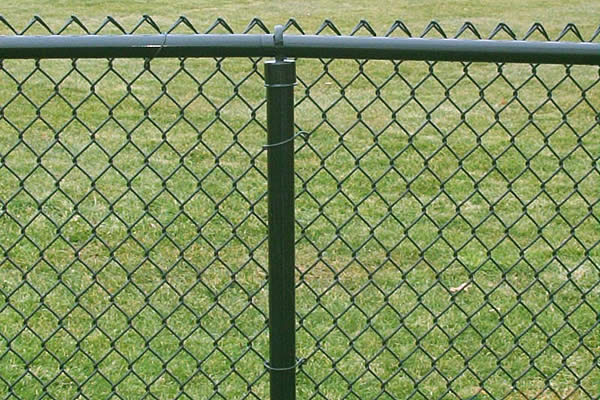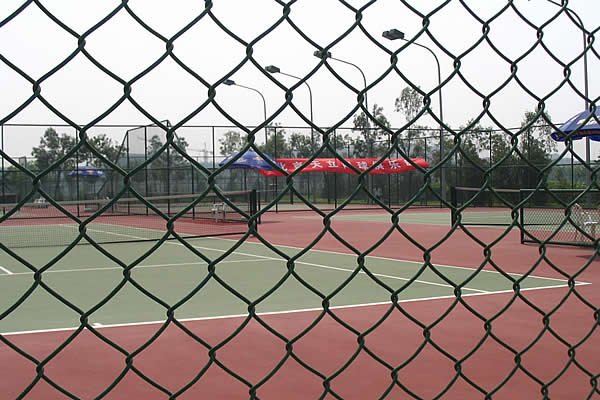Installing a chain link fence involves various considerations, especially when determining the average cost involved. This type of fence is renowned for its durability, low maintenance, and cost-effectiveness, making it a popular choice for both residential and commercial properties. When exploring the expenses associated with chain link fence installation, it's essential to dive deep into the factors impacting those costs, ensuring you make an informed decision.

Chain link fences, also known as wire-mesh fences, offer a practical solution for property lines, animal enclosures, and security boundaries. The first consideration in determining the installation cost is the purpose of the fence. The intended use heavily influences material choice, fence height, and additional features, such as privacy slats or barbed wire.
One of the main cost factors is the material used for the chain link itself. Galvanized steel is a common choice due to its resistance to corrosion and affordable price point. However, opting for vinyl-coated chain link can increase costs, providing an aesthetically pleasing finish with added rust protection.

Fence height is another key determinant of cost. Standard residential fences typically range between 4 to 6 feet in height. Commercial installations may demand higher fences for enhanced security, resulting in increased material costs. Understanding local regulations and restrictions regarding fence height is vital, as these can influence both the legal allowance and potential costs.
Additionally, the gauge of the wire used impacts both the cost and durability. Lower gauge numbers indicate thicker wire, which is stronger and more durable but also more expensive. For residential purposes, a gauge of 11 or 12 is often sufficient, whereas commercial or high-security needs might necessitate an 8 or 9 gauge.
The installation process itself influences overall costs significantly. Labor expenses vary based on the complexity of the job. For instance, a property with uneven terrain or the need for tree removal can complicate installation, thus increasing labor costs. Engaging experienced and reputable installers ensures both quality and compliance with safety standards, offering peace of mind that can justify potential added expenses.
average price to install chain link fence
Additional features and customizations also contribute to cost variations. Privacy slats, for instance, can transform a standard chain link fence into a semi-private one, with costs often calculated per linear foot. Incorporating gates—whether manual or automatic—also adds to expenses. The inclusion of linear footage for gates, combined with the complexity of automation technology, can impact the final pricing.
Another consideration is the longevity and maintenance of your fence. While chain link is recognized for being low maintenance, factors such as climate and environmental exposure may necessitate additional coatings or treatments over time. Ensuring long-term value from your investment involves weighing initial costs against potential maintenance and replacement needs.
Before commencing with installation, conducting thorough research and obtaining multiple quotes from qualified contractors is advisable. Understanding the pricing structures and comparing services will allow you to identify the best value for your specific requirements.
Geographical location also plays a substantial role in cost variations. Urban areas with high labor rates or specific zoning regulations might see higher average costs compared to rural locations. An effective strategy is to reach out to local fence companies to understand region-specific prices and any unique considerations they might offer.
When considering installation costs in conjunction with product life cycles, it's essential to weigh the initial expenditure against the product's lifespan. Chain link fences offer long-term durability, often lasting 15-20 years with minimal maintenance. Consideration of this extended lifespan in the cost analysis can highlight the economic viability of this fence type over alternatives requiring more frequent replacements.
By carefully assessing these factors, property owners can determine a realistic budget for their chain link fence installation. Steering clear of generalized pricing and instead focusing on personalized estimates based on specific needs will lead to a more satisfying and cost-effective fencing solution. This proactive approach ensures that you not only invest wisely but also align your fencing needs with both budgetary constraints and long-term objectives.
 TEL:
+86-13102802206
TEL:
+86-13102802206
 Email:
fencenetting@china.com
Email:
fencenetting@china.com
 Language
Language
 TEL:
+86-13102802206
TEL:
+86-13102802206
 Email:
fencenetting@china.com
Email:
fencenetting@china.com
 Language
Language



